Home>Garden Essentials>What Are Strawberry Seeds
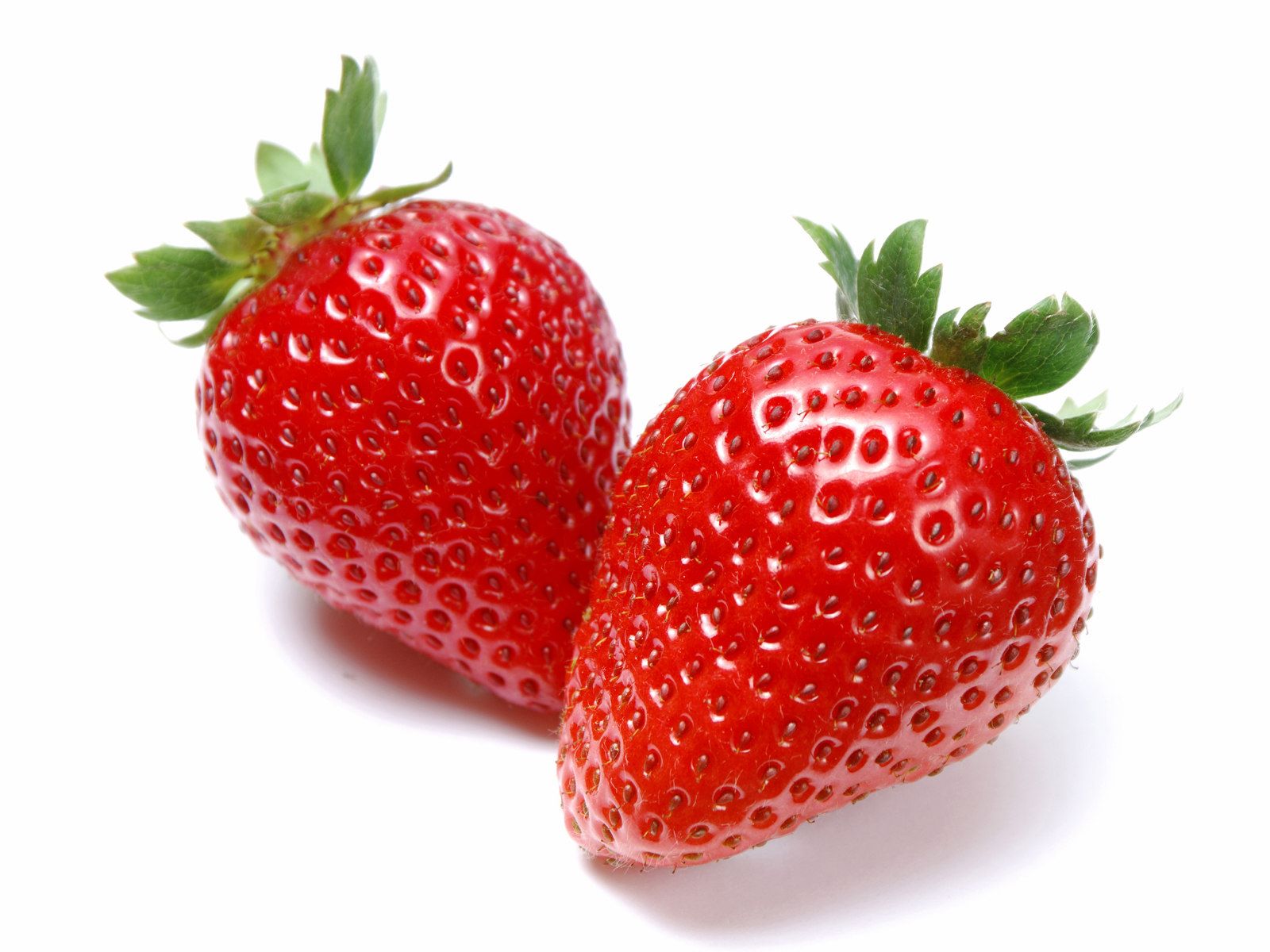

Garden Essentials
What Are Strawberry Seeds
Modified: August 23, 2024
Discover what are strawberry seeds and how to grow them in your garden. Get expert planting tips and techniques for a bountiful harvest.
(Many of the links in this article redirect to a specific reviewed product. Your purchase of these products through affiliate links helps to generate commission for Storables.com, at no extra cost. Learn more)
Introduction
Strawberries, with their vibrant red color and sweet, juicy flavor, are a beloved fruit for many. Whether enjoyed fresh, incorporated into desserts, or used in jams and preserves, strawberries are a versatile and delicious addition to any meal. But have you ever wondered about the tiny black specks that dot the surface of a strawberry? Those are strawberry seeds, and they play a crucial role in the plant’s reproduction and growth.
In this article, we will dive deeper into the world of strawberry seeds, exploring their anatomy, germination, benefits, and culinary applications. We will also discuss any potential concerns or precautions associated with strawberry seeds. So, get ready to uncover the fascinating secrets of these tiny, yet powerful, seeds!
Key Takeaways:
- Strawberry seeds are more than just tiny black specks on a strawberry; they are the starting point of new plants and offer nutritional benefits like fiber and antioxidants. They can be used in various culinary creations and skincare products.
- While strawberry seeds add a delightful crunch and burst of flavor to dishes, it’s important to be cautious of potential concerns like allergies, choking hazards, and pesticide residue. With care and awareness, enjoy the benefits of these tiny, but mighty, seeds.
Anatomy of a Strawberry
Before we delve into the intricacies of strawberry seeds, let’s take a moment to appreciate the overall anatomy of a strawberry. A strawberry is a fleshy, red fruit that grows on low-lying plants called strawberry plants. The fruit is typically heart-shaped, with a green cap or calyx at the top.
When you cut open a strawberry, you’ll notice that it is divided into multiple sections, known as carpels. Each carpel houses several tiny seeds embedded in its surface, which gives strawberries their characteristic speckled appearance. The seeds are arranged in a spiral pattern around the fruit, creating a visually pleasing pattern.
As you bite into a strawberry, you’ll experience a burst of sweet juiciness. This juice comes from the swollen receptacle, which is the fleshy part of the strawberry that surrounds the seeds. The receptacle is responsible for the fruit’s sweet flavor and is highly coveted by strawberry enthusiasts.
Moreover, the exterior of a strawberry is covered in tiny bumps called achenes, which contain the seeds. These achenes are technically considered a type of fruit themselves, as they contain a seed enclosed in a protective covering.
The next time you enjoy a delicious strawberry, take a moment to appreciate the intricate structure that allows this fruit to thrive.
Understanding Strawberry Seeds
Strawberry seeds are not like typical seeds you find in other fruits or plants. Rather than being fully developed, they are actually seeds in the early stages of development. Each tiny seed is encased within a protective covering called the achene, which is the small, hard structure found on the surface of a strawberry.
These seeds are what allow the strawberry plant to reproduce and grow new plants. When a strawberry plant flowers, it produces small, white flowers that are capable of self-pollinating. The fertilized flowers then develop into strawberries, with each achene containing a potential seed.
However, it’s important to note that strawberry seeds have different characteristics compared to other plant seeds. They have a tough outer layer that can make germination a bit more challenging. Additionally, strawberry seeds cannot be easily saved and sown like other plant seeds due to their complex requirements for germination.
Despite these challenges, strawberry seeds are an essential part of the plant’s reproductive process. They hold the potential to grow into new plants and continue the life cycle of the strawberry plant.
Now that we have a better understanding of strawberry seeds, let’s explore how they germinate and grow.
Germination and Growth of Strawberry Seeds
The process of germination for strawberry seeds can be a bit more complex compared to other types of seeds. Strawberries require specific conditions in order to germinate successfully.
Firstly, strawberry seeds need a period of cold stratification, which mimics the natural winter conditions that trigger the seeds to sprout. This means that the seeds need to be exposed to low temperatures, usually around 32-40 degrees Fahrenheit (0-4 degrees Celsius), for a certain amount of time. This cold period helps break the seed dormancy and prepares them for germination when conditions become favorable.
Once the seeds have gone through the cold stratification period, they need a warm and moist environment to facilitate germination. The seeds are typically planted in well-draining soil or starting trays, and kept in a location where they can receive sufficient sunlight. It is important to ensure that the soil is consistently moist, but not waterlogged, as excess moisture can lead to fungal growth and damage the seeds.
Under the right conditions, strawberry seeds will sprout and send out small roots and shoots. These seedlings will continue to grow, developing into young strawberry plants. It is important to provide adequate water, sunlight, and nutrient-rich soil to support the growth of the seedlings. As the plants mature, they will produce flowers and eventually bear fruit, continuing the cycle of reproduction.
Keep in mind that growing strawberries from seeds can be a time-consuming process, as it typically takes several weeks to months for the seeds to germinate and grow into mature plants. However, the reward of watching your own strawberry plants thrive and produce delicious fruits can be well worth the effort.
Now that we have explored the process of germination and growth of strawberry seeds, let’s delve into the benefits and uses of these tiny seeds.
When planting strawberry seeds, make sure to keep the soil consistently moist but not waterlogged. Also, provide plenty of sunlight for healthy growth.
Benefits and Uses of Strawberry Seeds
While the focus is often on the delicious fruit itself, strawberry seeds also offer several benefits and can be utilized in various ways.
1. Nutritional Value: Strawberry seeds are packed with nutrients and contain beneficial compounds. They are a good source of dietary fiber, which aids in digestion and promotes a healthy digestive system. Additionally, strawberry seeds contain omega-3 fatty acids, which are known for their heart-healthy properties.
2. Antioxidant Power: Strawberry seeds are also rich in antioxidants, such as vitamin C and anthocyanins. These compounds help neutralize harmful free radicals in the body, reducing oxidative stress and potentially lowering the risk of chronic diseases.
3. Culinary Uses: While the seeds themselves are small and may not be noticed in most strawberry-based dishes, they add a subtle crunch and texture. Strawberry seeds can be included in smoothies, baked goods, salads, and even as a topping for yogurt or ice cream. They can also be ground into a powder and used as a natural flavoring agent in various recipes.
4. Beauty and Skincare: The oil extracted from strawberry seeds is rich in antioxidants and vitamins, making it a popular ingredient in beauty and skincare products. Strawberry seed oil can be found in moisturizers, serums, and creams, offering nourishment and hydration to the skin.
5. Seed-Saving: If you’re an avid gardener, you may consider saving strawberry seeds to grow your own plants. While strawberry seeds can be more challenging to germinate compared to other seeds, successfully growing strawberries from saved seeds can be a rewarding experience.
These are just a few of the benefits and uses of strawberry seeds. Whether it’s through their nutritional value, culinary applications, or skincare benefits, strawberry seeds offer a range of possibilities.
Now, let’s explore how strawberry seeds can be incorporated into various culinary delights.
Read more: What Is The Best Soil Mix For Strawberries
Culinary Applications of Strawberry Seeds
Strawberry seeds may be small, but they can add a delightful crunch and burst of flavor to a variety of culinary creations. Here are some ways you can incorporate these tiny seeds into your kitchen adventures:
1. Smoothies and Beverages: Add a teaspoon or two of strawberry seeds to your favorite smoothie recipe for an extra boost of fiber and texture. You can also infuse water or make flavored beverages by placing sliced strawberries and strawberry seeds in a pitcher of water and letting it sit for a refreshing and subtly flavored drink.
2. Baked Goods: Sprinkle strawberry seeds on top of muffins, cakes, or breads before baking for a decorative touch. The seeds add a lovely visual appeal and a slight crunch to your baked treats.
3. Salads: Toss a handful of strawberry seeds into your salads for added texture and a nutty flavor. They pair well with greens, cheese, nuts, and a balsamic vinaigrette dressing.
4. Yogurt and Chia Pudding: Sprinkle strawberry seeds on top of your yogurt or chia seed pudding for an extra pop of color and a slight crunch. It adds an interesting element to these creamy and healthy breakfast or snack options.
5. Ice Cream and Desserts: Use strawberry seeds as a garnish for ice cream sundaes, parfaits, or other desserts. They add a delicious texture and a burst of strawberry flavor.
6. Homemade Jam and Preserves: If you’re making homemade strawberry jam or preserves, consider leaving the seeds in for added texture and visual appeal. The seeds can enhance the overall experience of spreading jam on toast or using it as a topping for pancakes or waffles.
Remember to use strawberry seeds in moderation, as their hard texture may not be ideal for some individuals. However, when used in the right amounts, they can elevate dishes and bring out the natural flavors of strawberries.
Now, while strawberry seeds have many benefits and culinary uses, it’s important to be aware of any potential concerns or precautions associated with them.
Potential Concerns and Precautions
While strawberry seeds offer numerous benefits and culinary applications, there are a few potential concerns and precautions to keep in mind:
1. Allergies: Some individuals may have allergies to strawberries, including the seeds. If you have known allergies to strawberries or other fruits, it’s important to exercise caution when consuming or handling strawberry seeds.
2. Choking Hazard: The small size and texture of strawberry seeds can present a choking hazard, especially for young children or individuals with swallowing difficulties. It’s important to be mindful and cautious when incorporating strawberry seeds into dishes.
3. Pesticide Residue: Like other fruits, strawberries may carry pesticide residue if not grown using organic farming methods. To minimize potential exposure, consider purchasing organic strawberries or washing conventionally grown strawberries thoroughly before using the seeds.
4. Germination Challenges: If you’re interested in growing strawberries from seed, be aware that strawberry seeds can be more challenging to germinate compared to other plant seeds. They require specific conditions, including cold stratification and proper moisture levels, to successfully sprout.
While these precautions should be considered, they should not deter you from enjoying the culinary and potential gardening adventures that strawberry seeds offer. With proper care and awareness, you can safely and deliciously incorporate strawberry seeds into your diet.
Now that we’ve explored the potential concerns and precautions, let’s conclude our journey through the world of strawberry seeds.
Conclusion
Strawberry seeds, though small in size, play a significant role in the life cycle and culinary world of strawberries. They are the starting point of new plants, allowing for reproduction and the continuation of the strawberry plant’s legacy. Beyond their reproductive function, strawberry seeds offer several benefits and culinary possibilities.
These tiny seeds are packed with nutrients, including dietary fiber, antioxidants, and omega-3 fatty acids. They can be incorporated into various culinary creations, such as smoothies, baked goods, salads, and desserts, adding a delightful crunch and burst of flavor. Additionally, strawberry seeds can be used in skincare products and even saved for future gardening endeavors, though germination can be more challenging compared to other seeds.
However, it is essential to be aware of potential concerns and precautions associated with strawberry seeds, such as allergies, choking hazards, pesticide residue, and germination challenges. By exercising caution and following best practices, you can safely enjoy the benefits and culinary applications of these tiny seeds.
So, the next time you bite into a juicy strawberry, take a moment to appreciate the beauty and significance of the tiny black specks adorning its surface. Those strawberry seeds hold the potential for growth, nourishment, and culinary delight.
In conclusion, strawberry seeds are not just a mere detail in the strawberry’s anatomy; they are the seeds of potential and possibility.
Remember to savor each bite, as you enjoy the sweet and tangy flavors of the strawberry and the subtle crunch of its tiny, but mighty, seeds.
Frequently Asked Questions about What Are Strawberry Seeds
Was this page helpful?
At Storables.com, we guarantee accurate and reliable information. Our content, validated by Expert Board Contributors, is crafted following stringent Editorial Policies. We're committed to providing you with well-researched, expert-backed insights for all your informational needs.
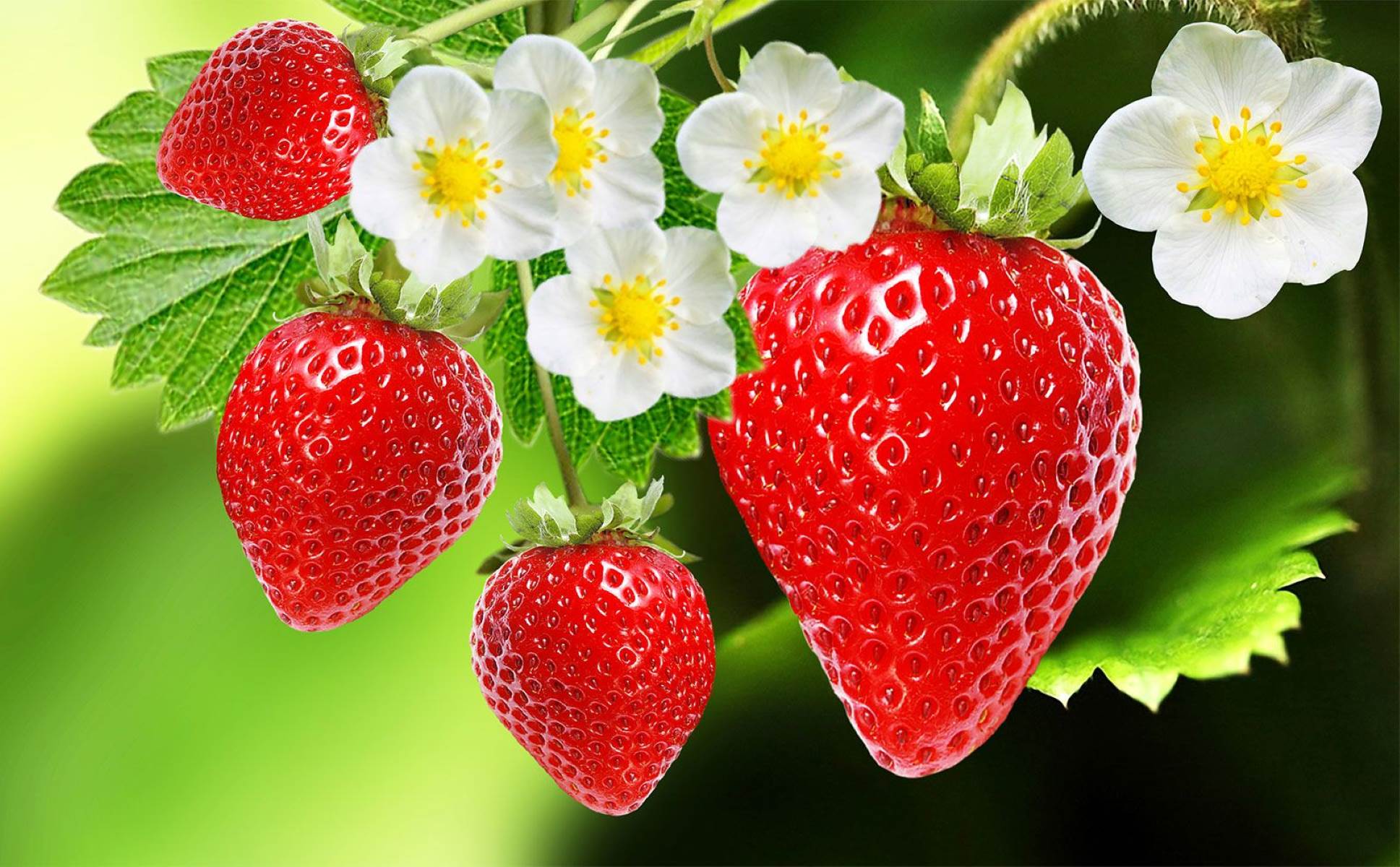
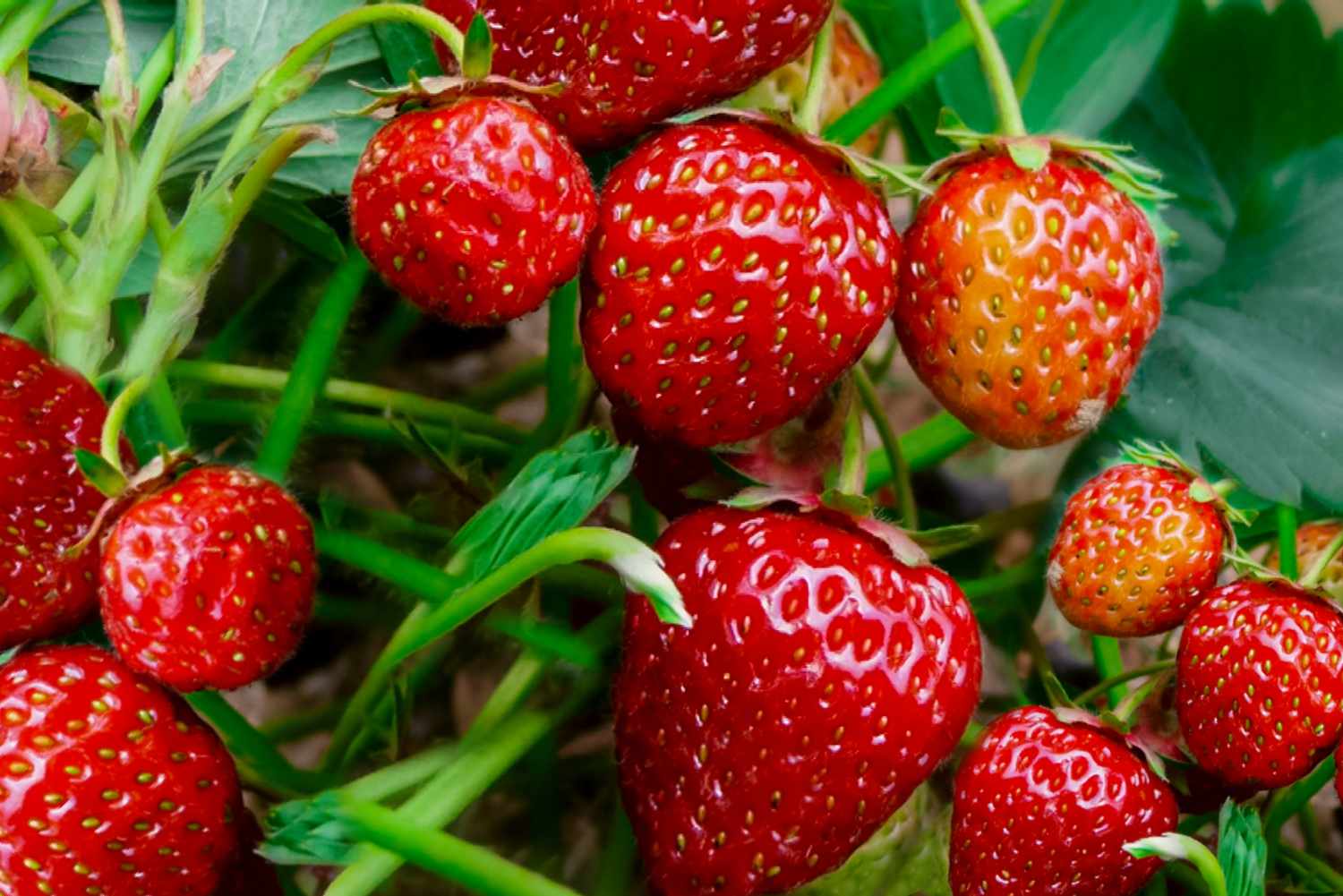
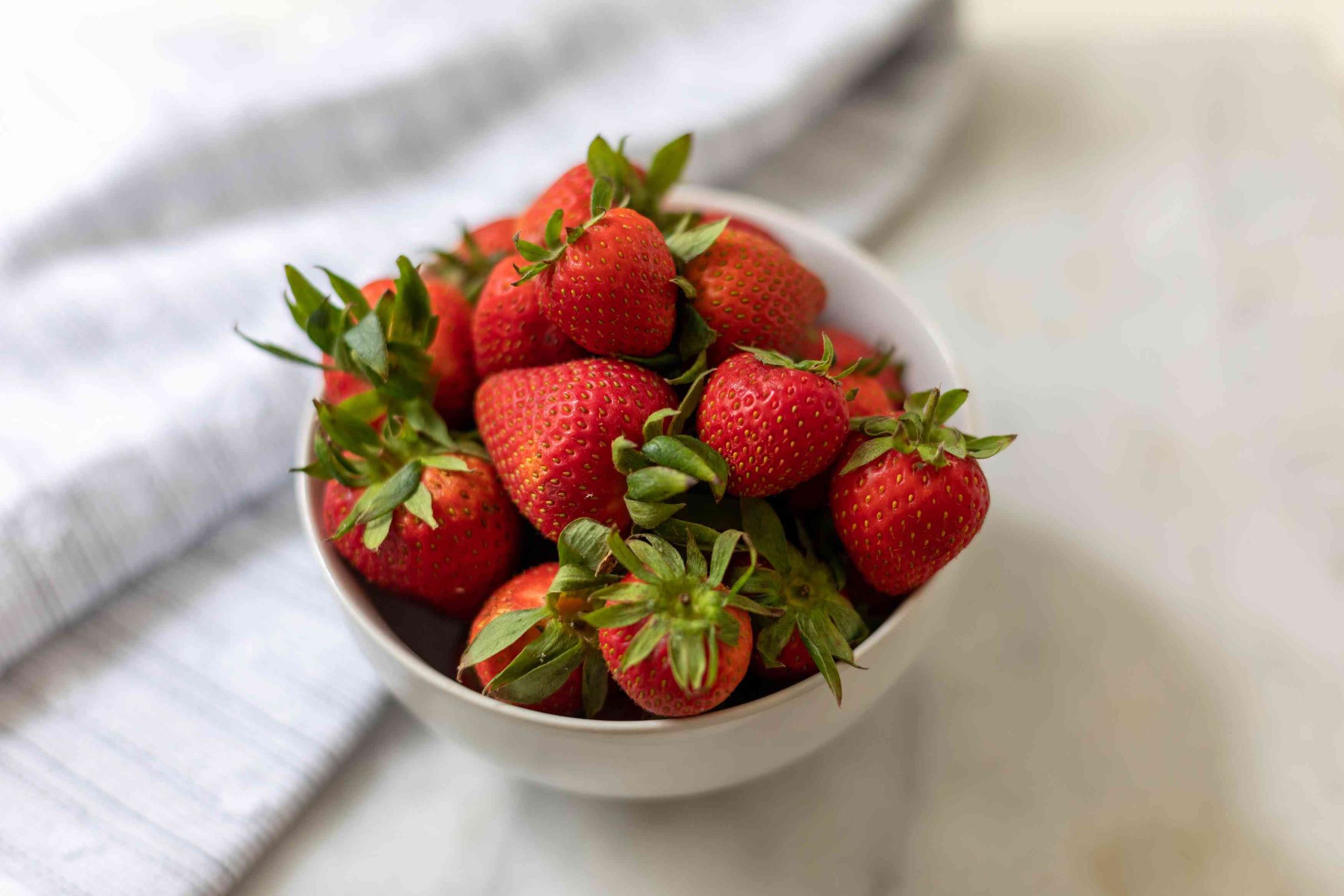

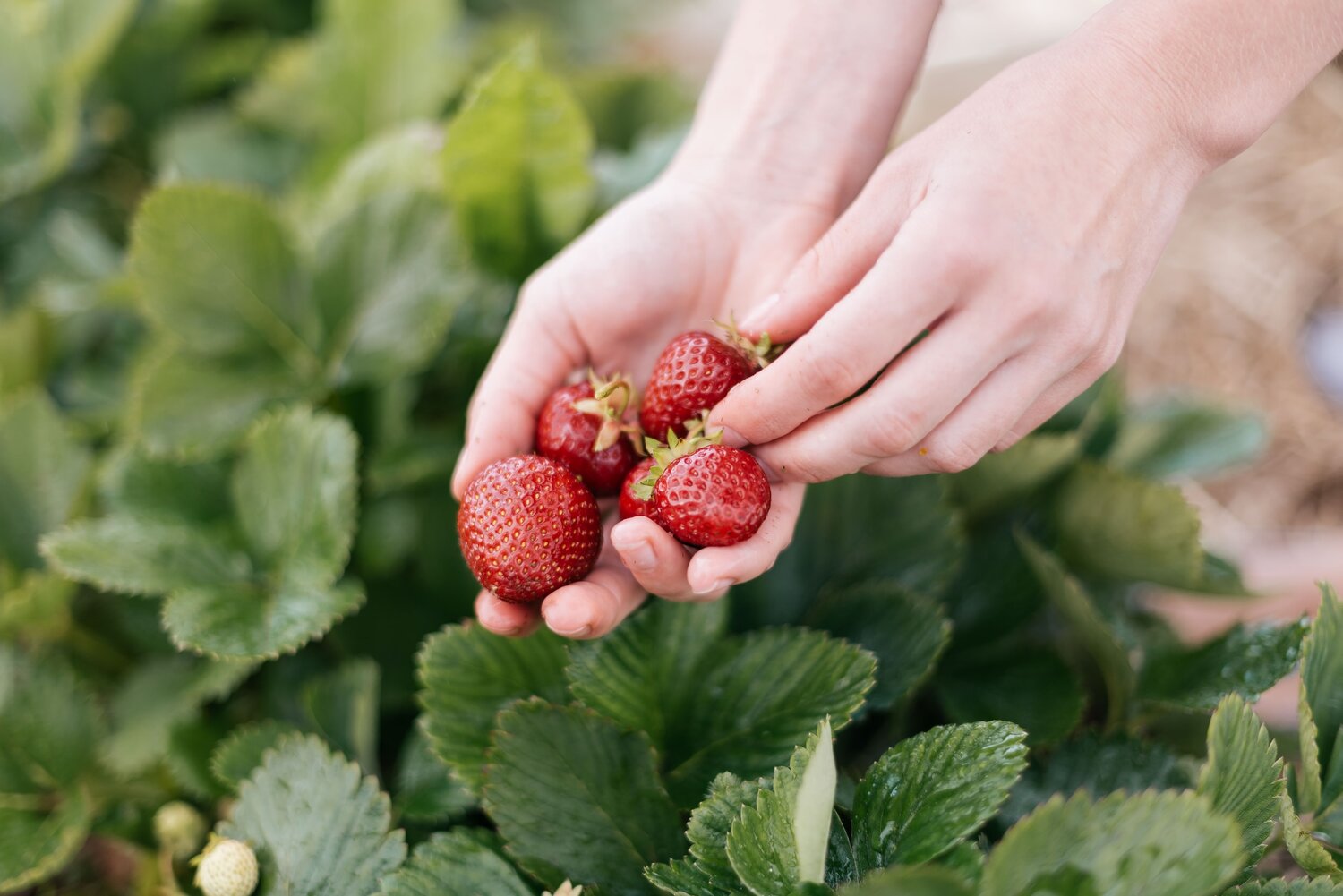

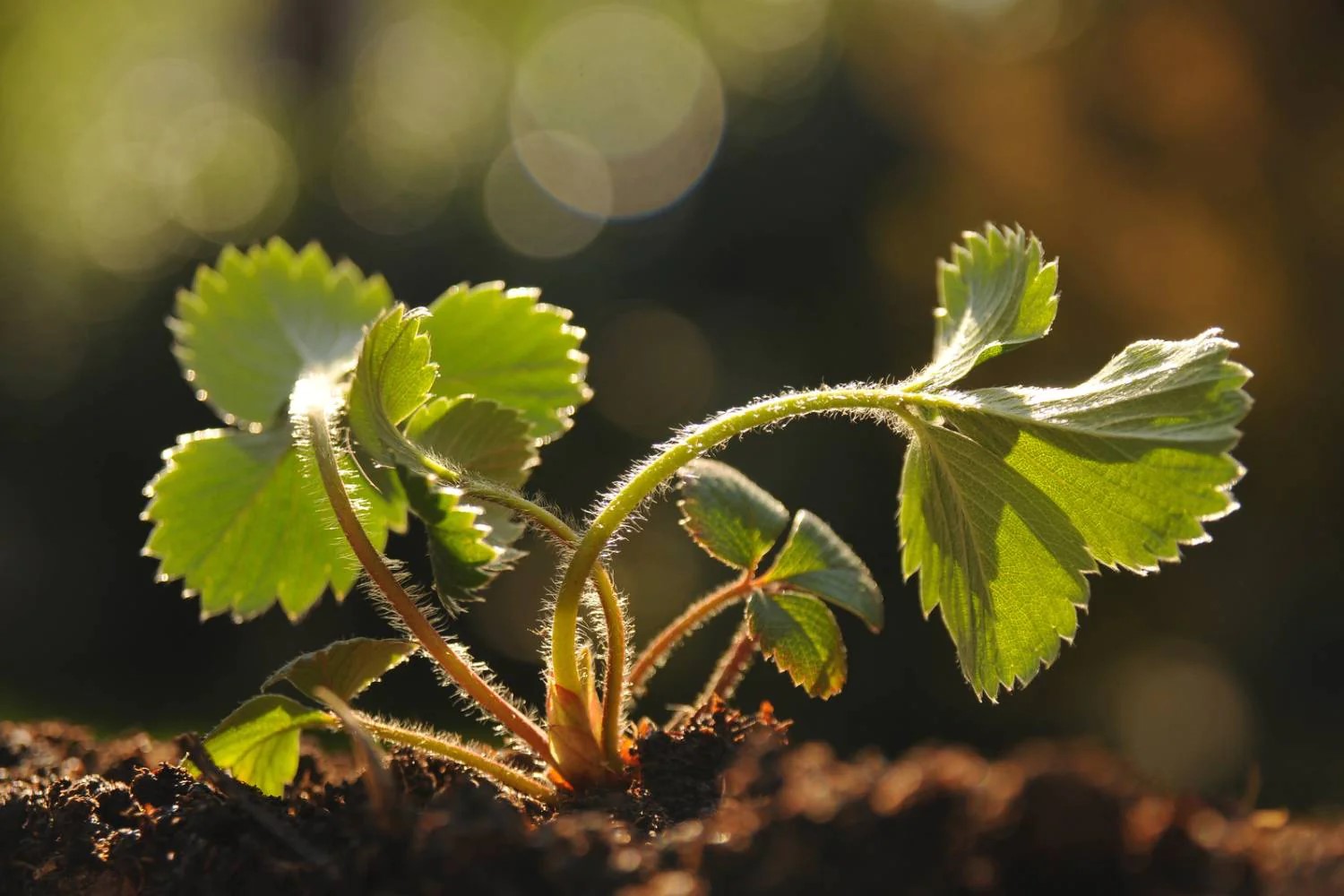
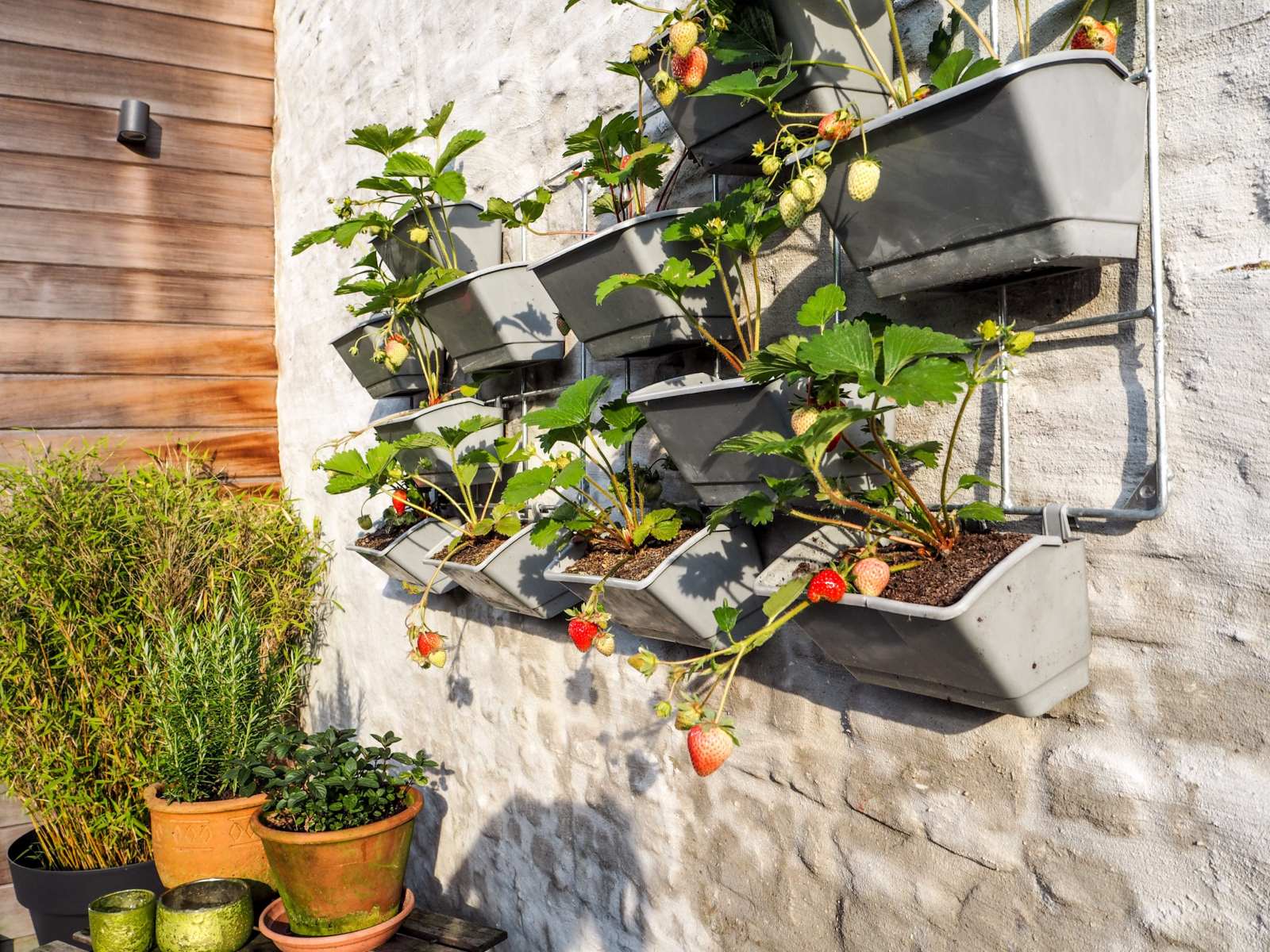
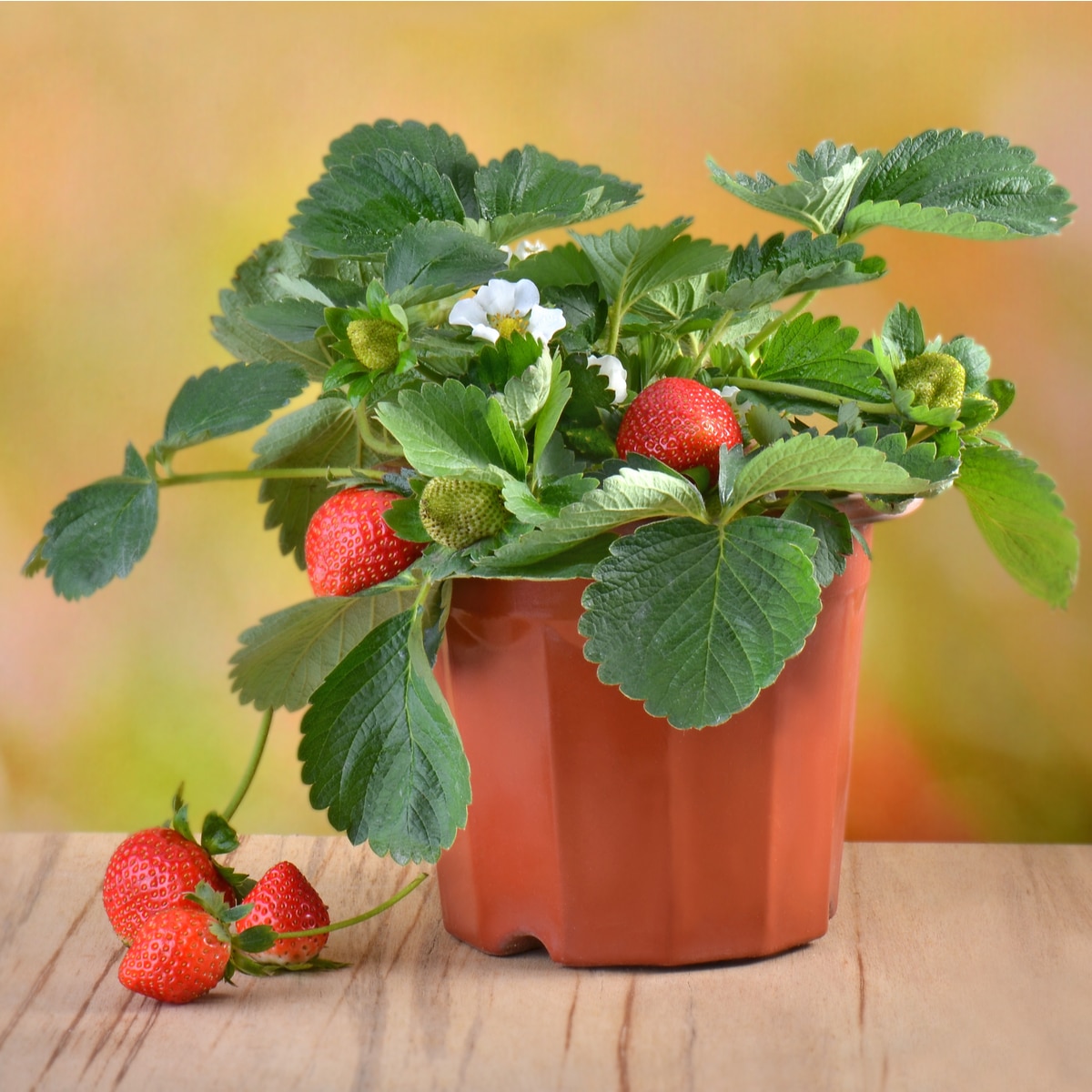
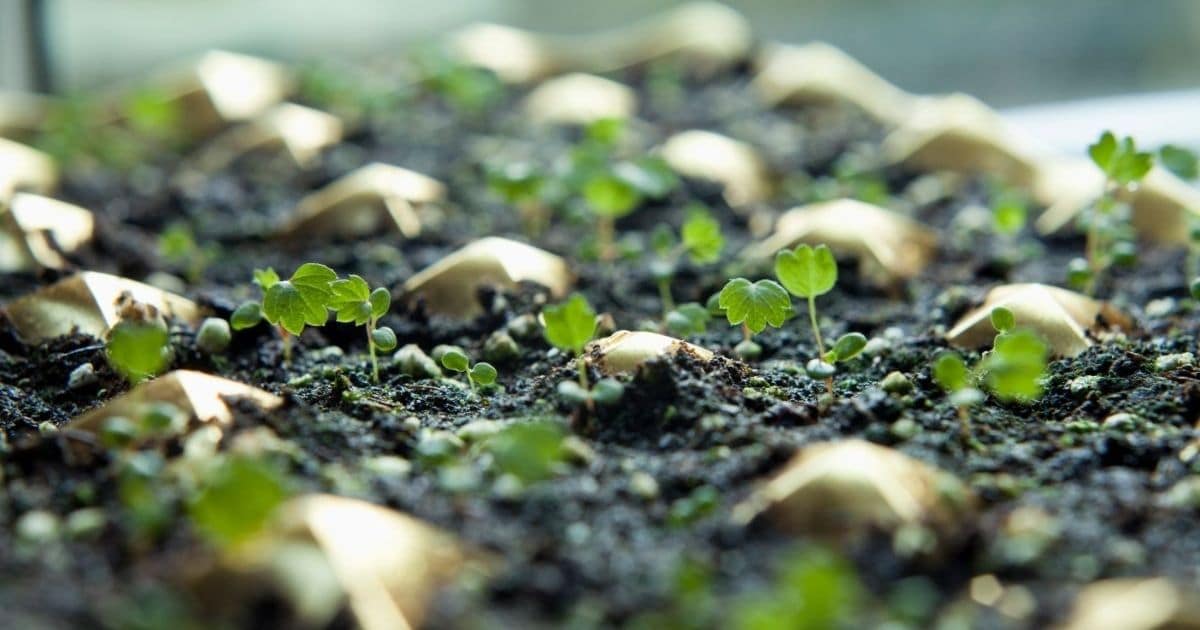
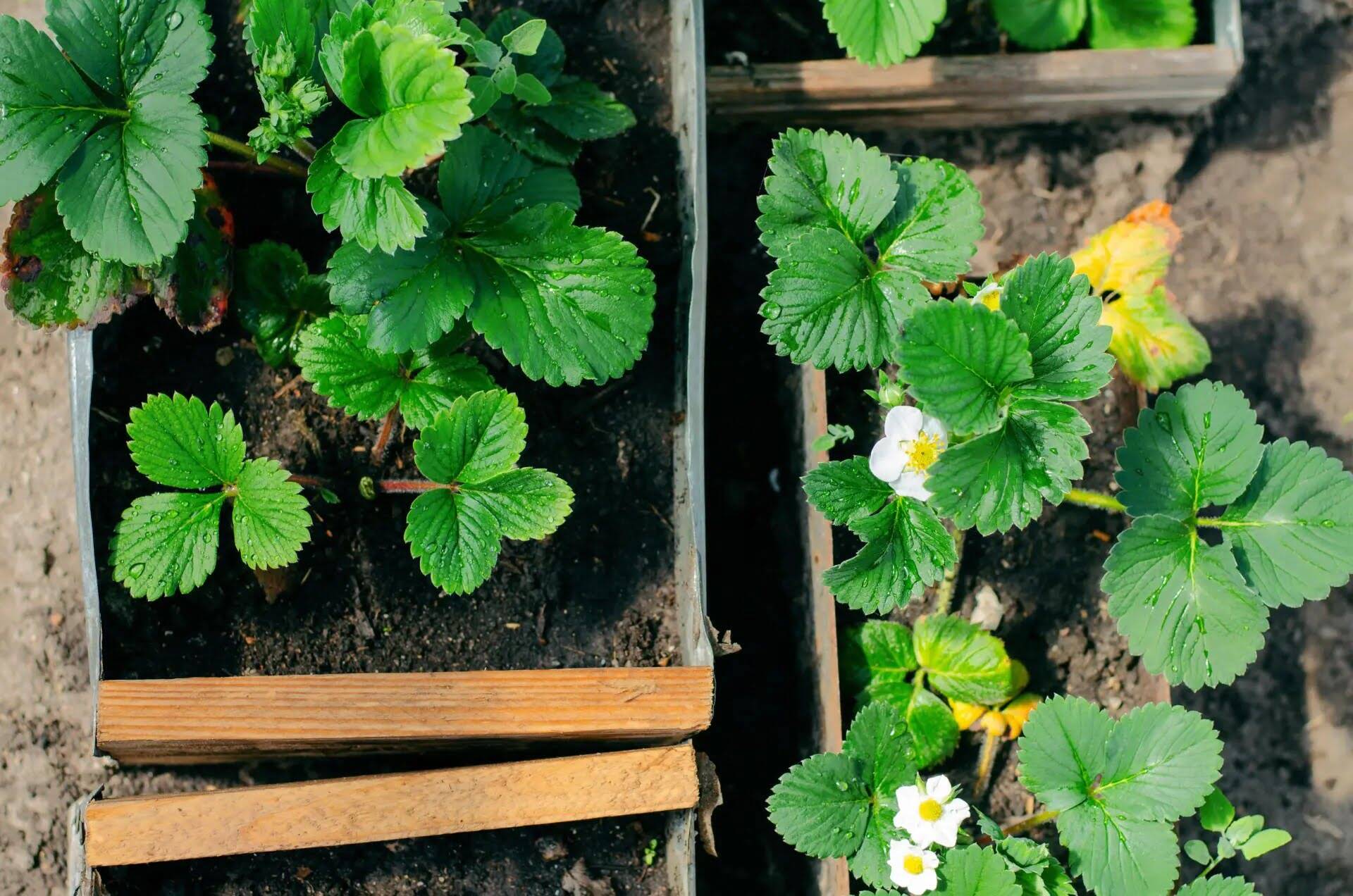
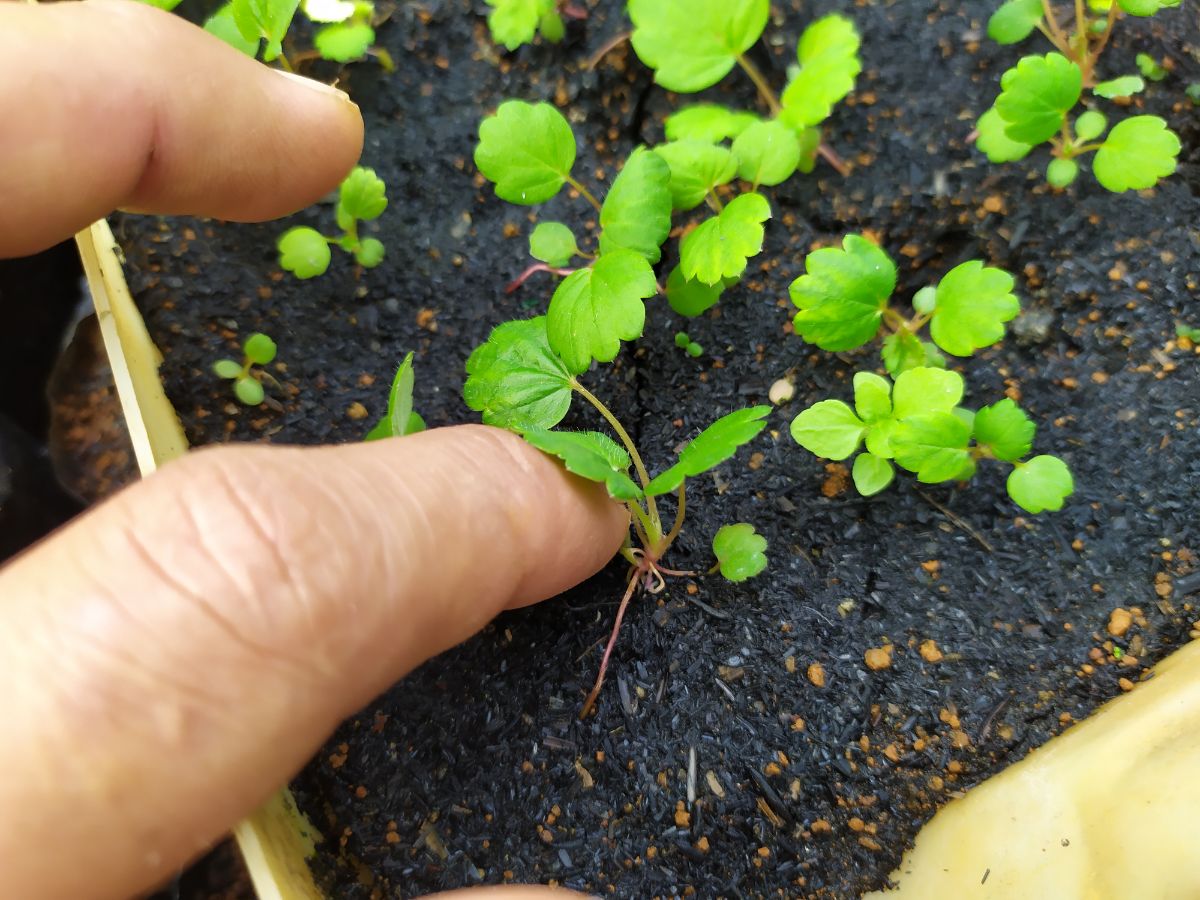
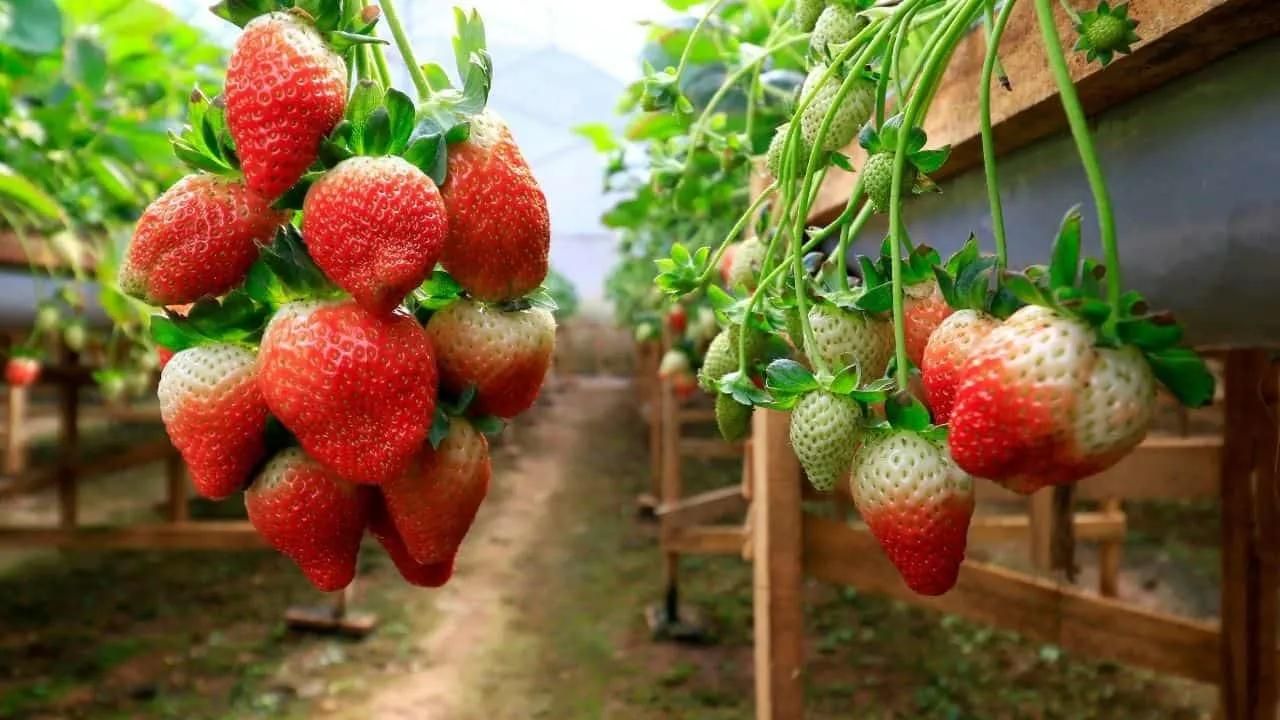
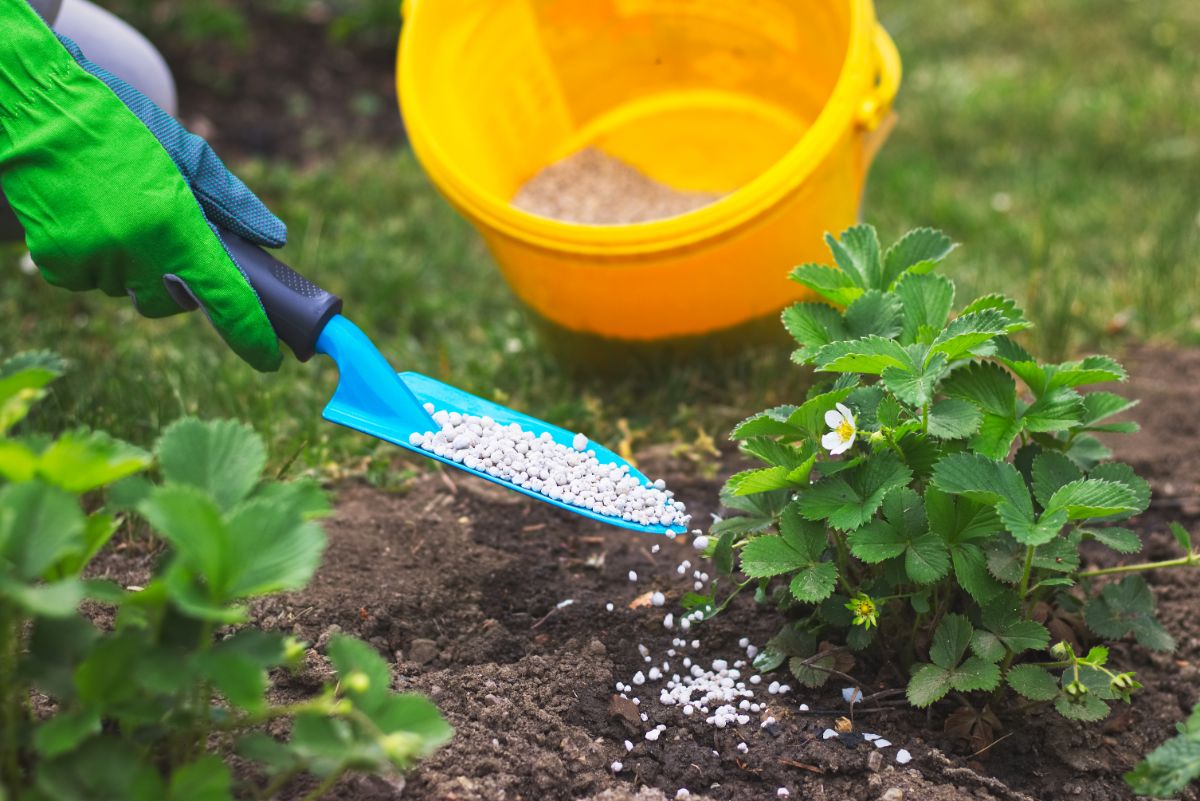

0 thoughts on “What Are Strawberry Seeds”